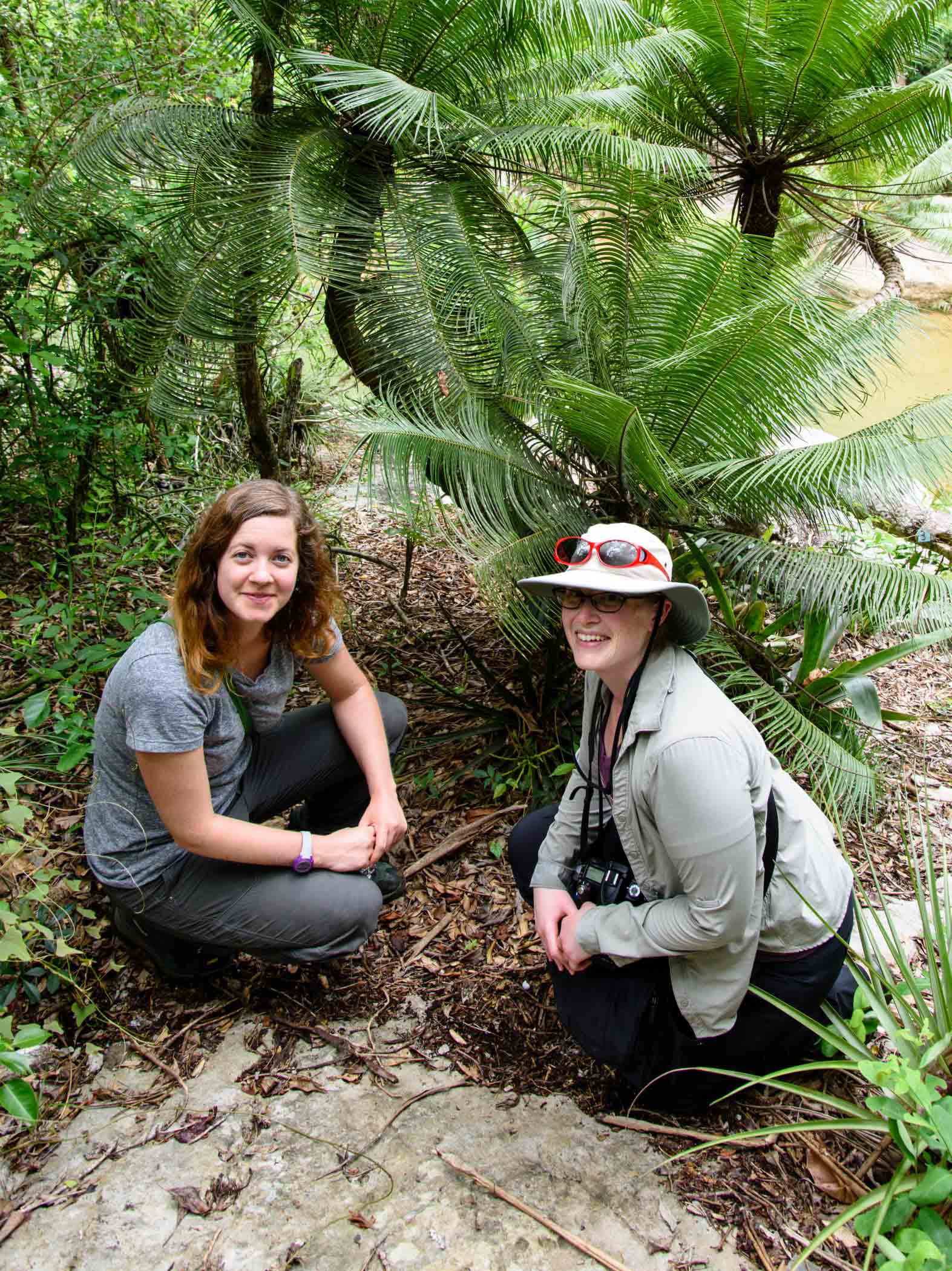Blog

Endangered Cycads, Lush Peaks and Jurassic Valleys in Cuba
As part of the three-year planning and design process behind our upcoming Tropical Forest exhibit, Dr. Emily Kalnicky and Jordyn Melino are traveling to Cuba to study first-hand the region’s biodiversity hotspots, natural resources and culture. Follow their adventures!
Today we left Soroa and drove west to an ecologically protected area called Mil Cumbres (Thousand Peaks), which is home to the highest concentration of endemic species in Cuba. Our guide, Osbaldo, met us and we hiked along a path where we saw some interesting plants and lichens.
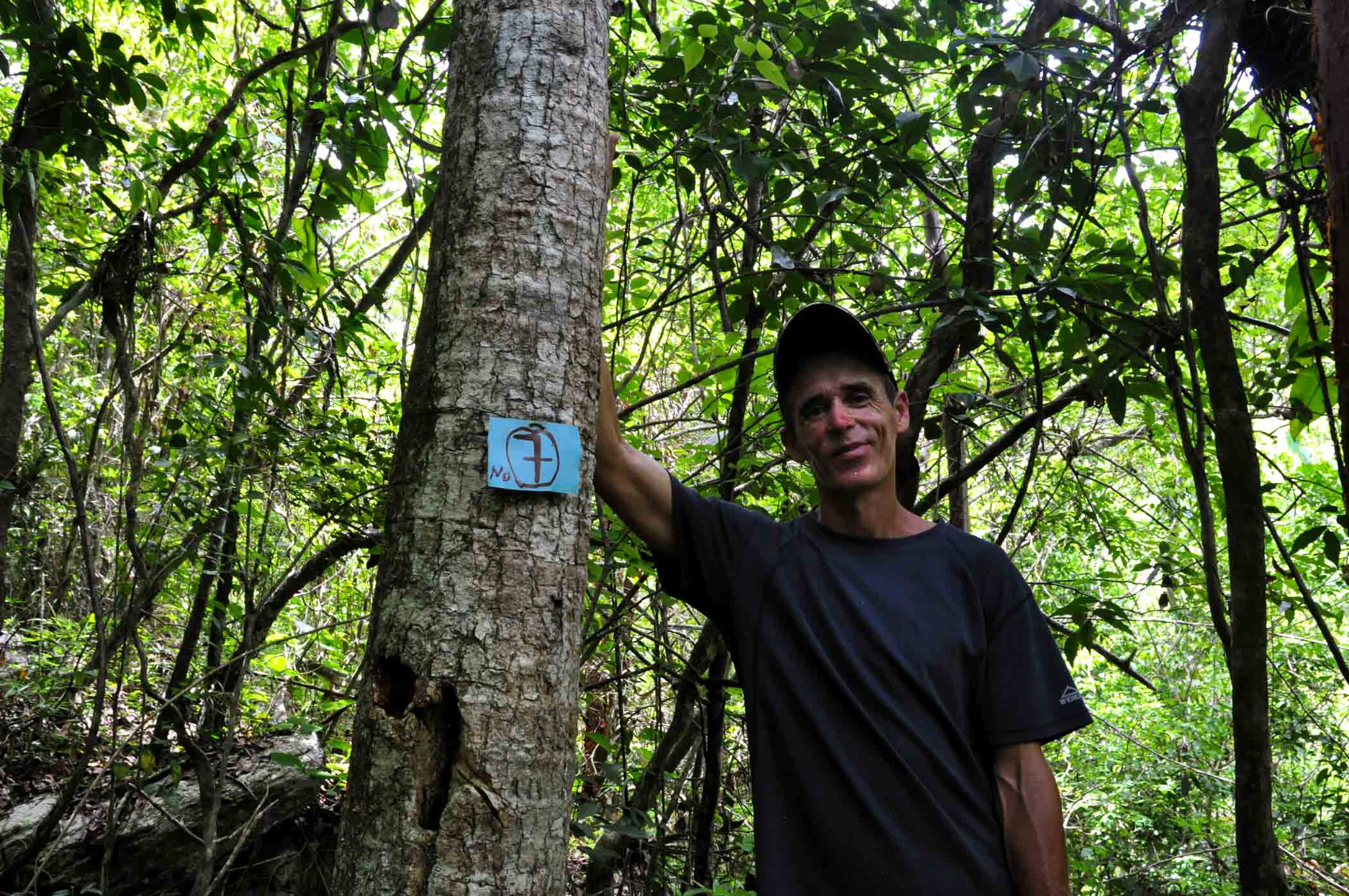
Among the species we saw were Agave cajalbanensis, Coccothrinax miraguana, Brya ebenus (local name granadillo), and Cladonia (a beautiful lichen). We were also introduced to Smilax havanensis, from which people use the root to make a natural soda called pru oriental. The leaves of some of the area’s endemic species are characteristically small, and this may be due to the abundance of serpentine rock, as magnesium deposits found in the soil here.
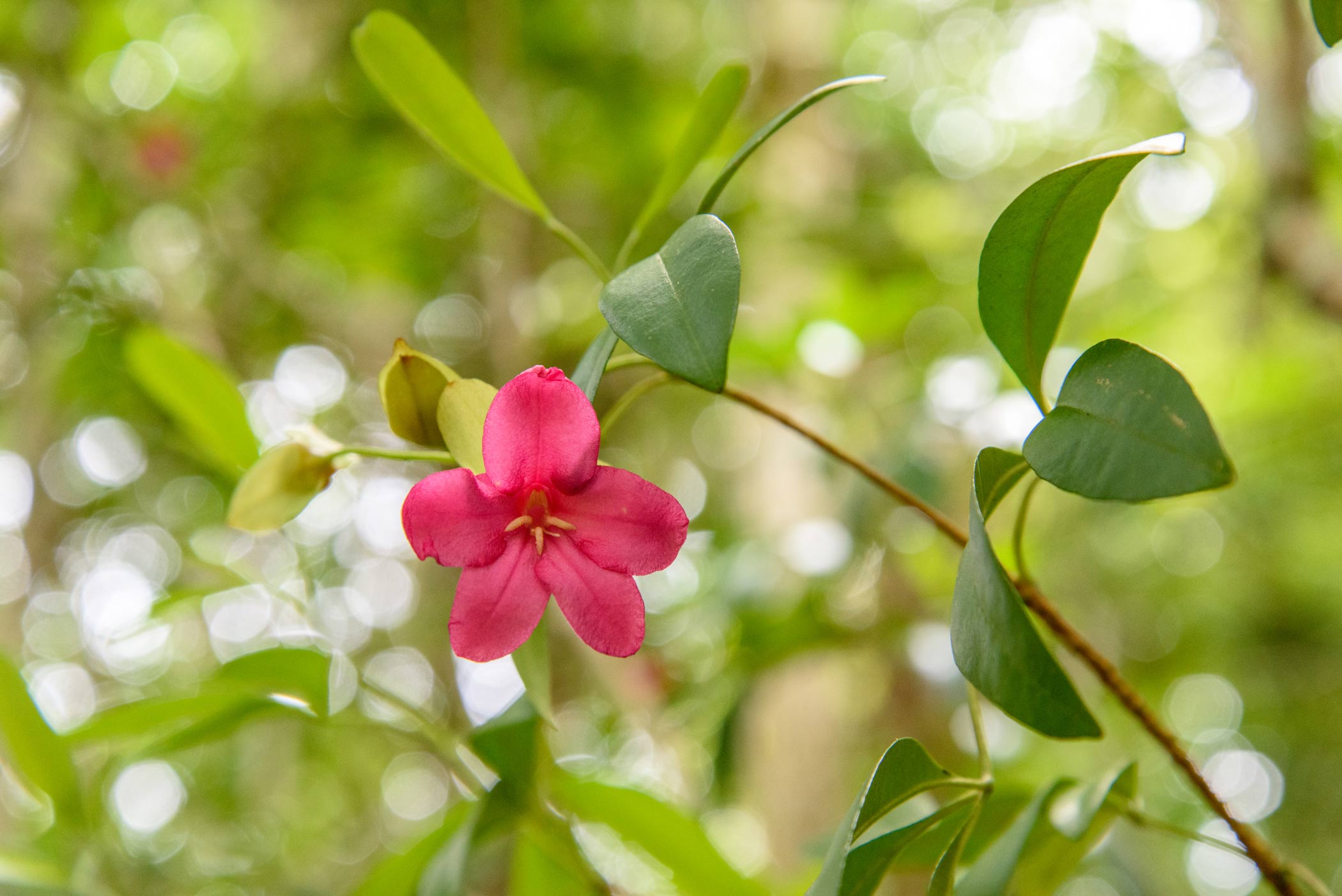
We then headed to see a critically endangered cycad, Microcycas calocoma, which is endemic to a small area in the Pinar del Rio province and is a monotypic species — the only one in its genus!
Along the way we saw the local primary school for a community of 375 people, along with a trapiche, or a hand-operated sugar cane press. We also passed a yuca, corn, and coffee farm before heading to a stream where we crossed on a small log with the help of a cable and our guides assisting in and along the water.
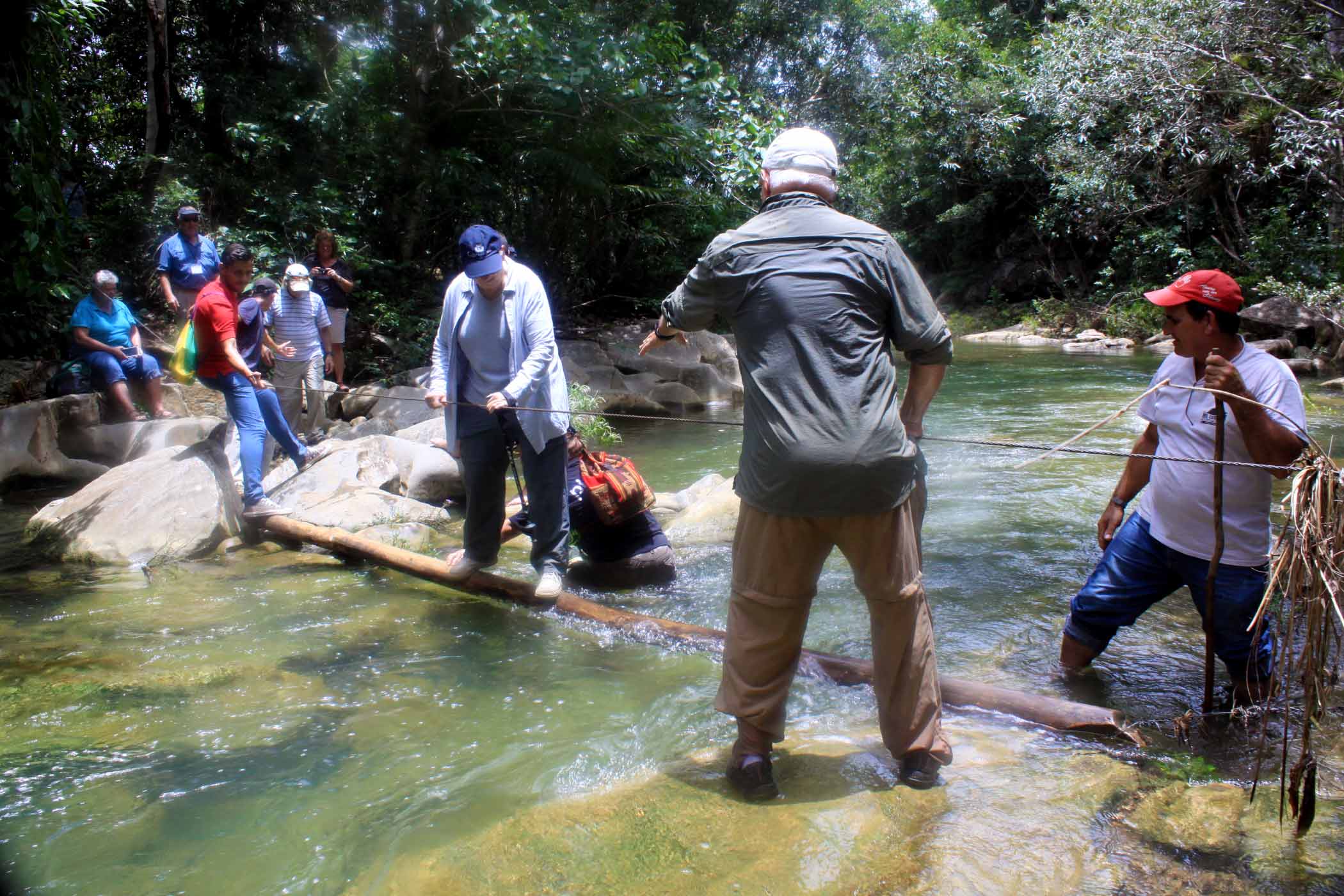
The trek was worth it! We saw 13 of these endangered cycads along the journey and learned that there are only 250 total in the world (all here in this region). We are among only a small group of individuals that has had the pleasure of seeing these beautiful cycads. We were very appreciative of our guide for showing us the way, as it was definitely the botanical highlight of the trip so far!
Our lunch was a refreshing spread of fruit and cheese, as well as bread and meat for those who eat it. We then boarded the bus and drove an additional two hours west to Viñales Valley to see the beautiful mogotes, flat-topped hills which date back to the Jurassic period. Absolutely breathtaking.
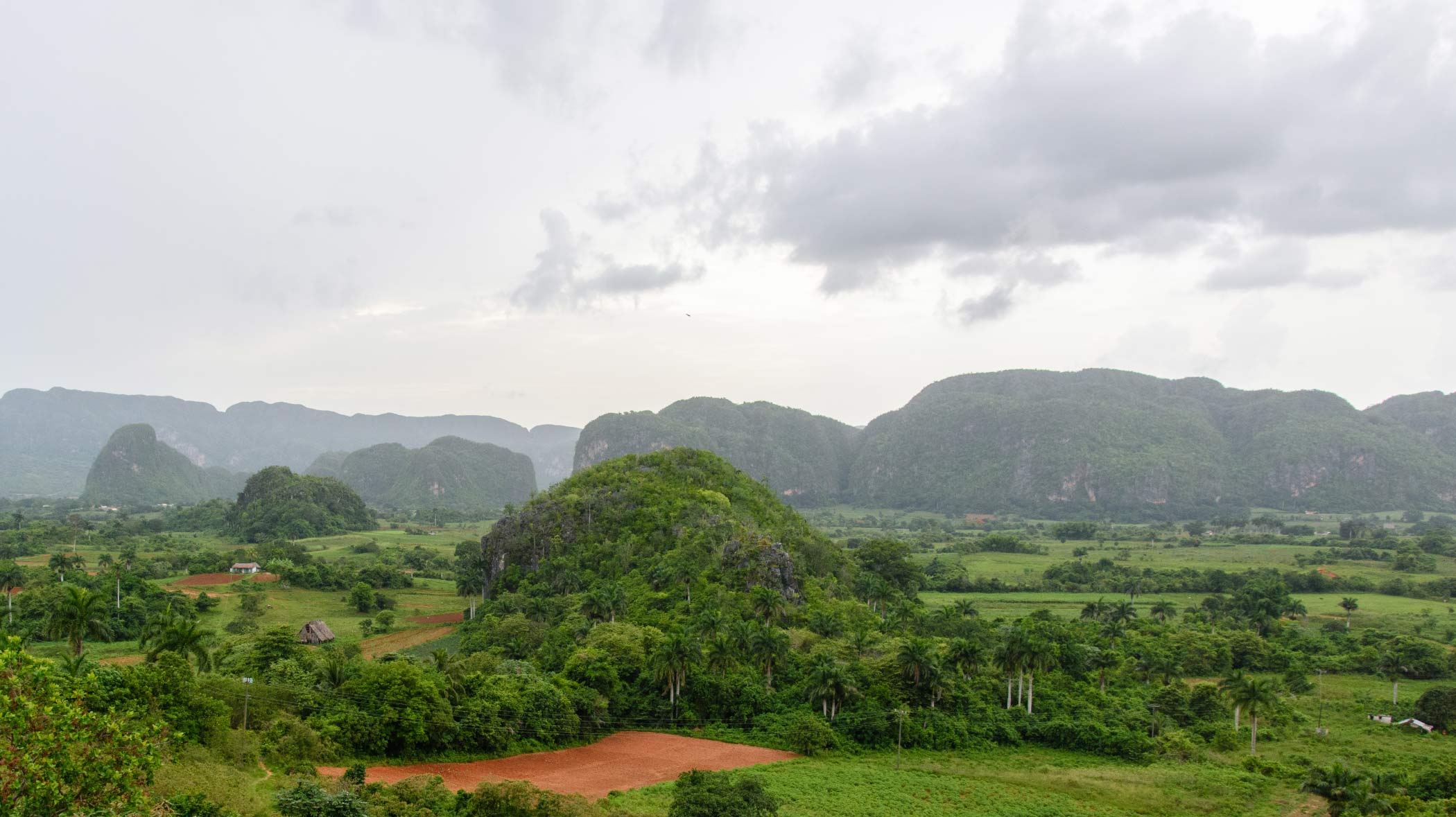
Vegetation along the way included an understory of Alocasia, ginger, Brugmansia, Mimosa, Piper, and some cultivated plants. The canopy was made up of Caribbean pine (Pinus caribaea), Cuban royal palms (Roystonia regia), mango, gumbo-limbo and Cecropia. Dinner was at a local paladar which sat like a treehouse in the canopy, where we ate fish, rice, plantains, beans, squash, veggie soup and fresh fruit until the rain ran us out of the trees and under cover. The view of the lightning over the mogotes was spectacular.
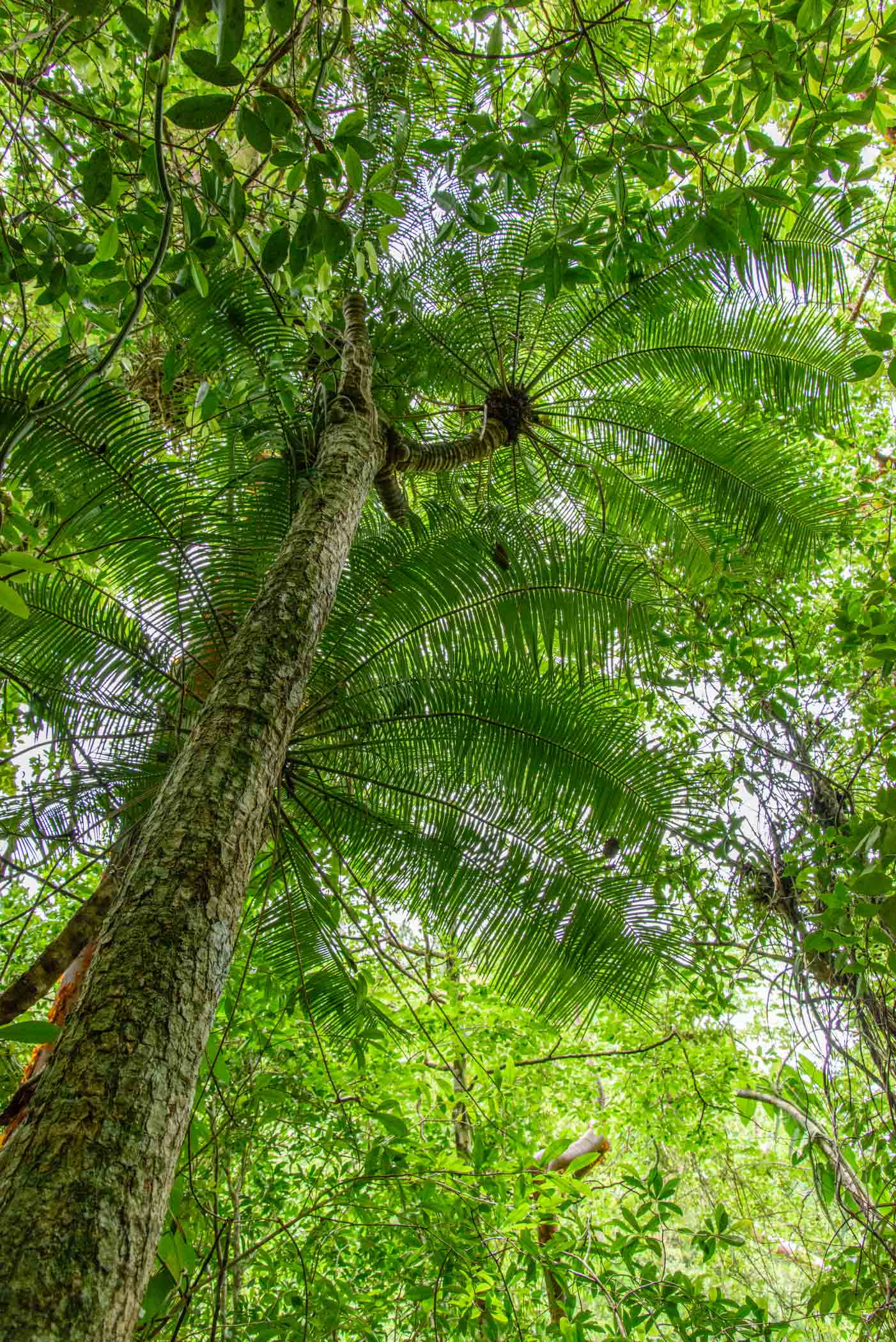
Select photos © Paul g. Wiegman
